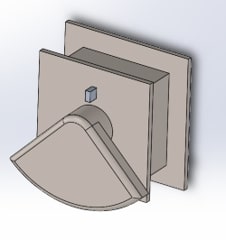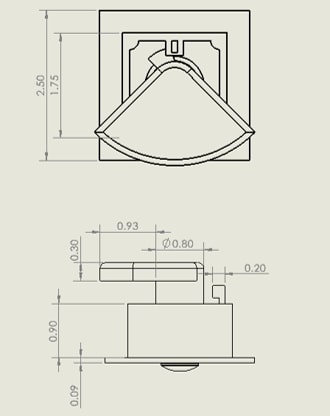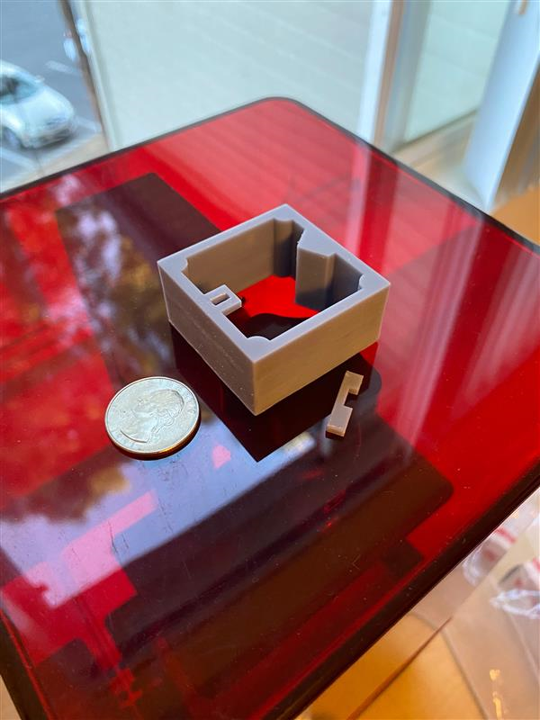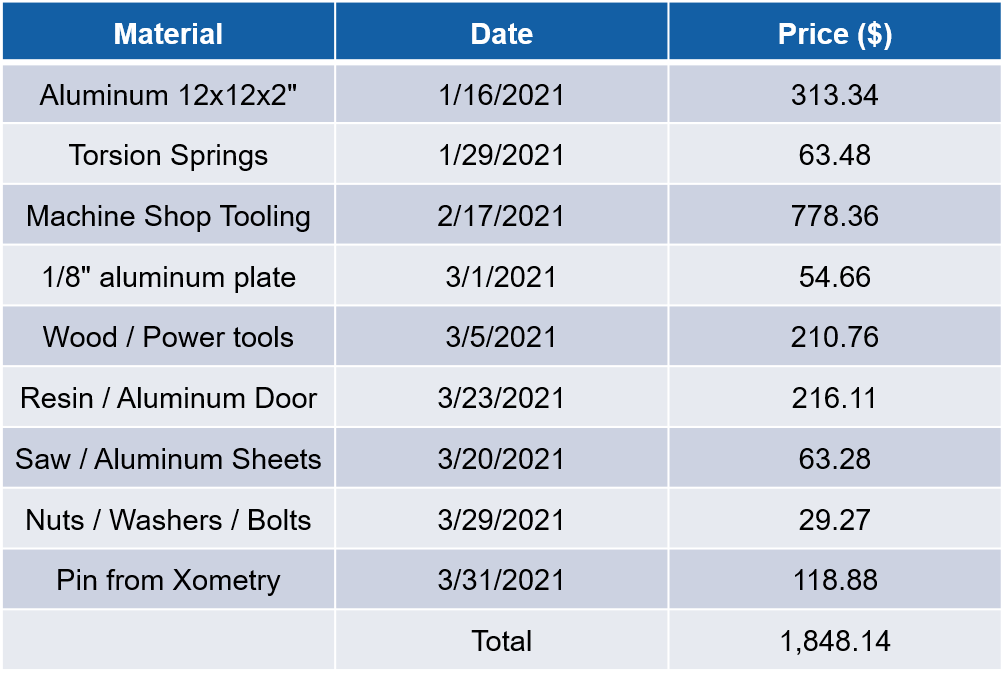Project Location:
The team worked from Flagstaff Arizona exclusively throughout the semester. Over the winter break each member worked remotely from home states and continued to meet virtually via MS Teams platform.Project Constraints:
Customer requirements include the following Ease, Safety of installation Scalable Reopenable Withstand pressure differential No contaminates Activates on launch Does not interfere with nearby systems Does not influence aerodynamics Does not use gravity or acceleration ESD safe Indicates open/closed status
Engineering requirements include the followingSF of 1.6 yield and 2.0 ultimate Vibration forces of 73Gs max. Buget constraints of $8,000 Maintain area under 203 in2 Weight 5 lb max. Pressure limit of 810psi
Tasks:
Design Alternatives and Decision Matrices:
Click here to be directed to gallery section to see the teams matrices.Preliminary Design Details:
A twisting latch design was the final design choice. This is a quick, lightweight design which has a quarter circle coverage wing that rotates 180 degrees to hold the door in place after activation. The system is initally triggered via the door hinging down onto a pin which then allows the loaded torsion spring to rotate the internal shaft to then thread onto welded back bolt. The entire design in housed in a 2x2 inch housing as seen in the figure below of our final CAD design.Final Preliminary CAD:

Image: Final preliminary design.

Image: Engineering drawing with dimensions.

Image: Internal side view of housing.
Design and Manufacuring Process:
The team began to 3D print parts in January to visually and physically see the movement of the parts to ensure function. The following images show the various parts made from our resin printers.

Image: 3D resin printed housing.

Image: All 3D resin printed parts.
Furthermore, the aluminum 7075 T7 stock arrived and we were able to begin manufacturing in preparation for out CDR (Critical Design Review) presentation. From this point we will be able to begin testing for thermal exapansion, vibrations, as well as load displacement, fracture and permanent deformations.
Budgeting:
The $8,000 budget given by the client will be distributed into five categories: Manufacturing of final design, Prototyping with 3D personal resin prnter, Secondary sets of spare parts, and Traveling to facilities in Phoenix and or Chandler as needed. The team utilized $1,848.16 of it.
Table: Budget breakdown.